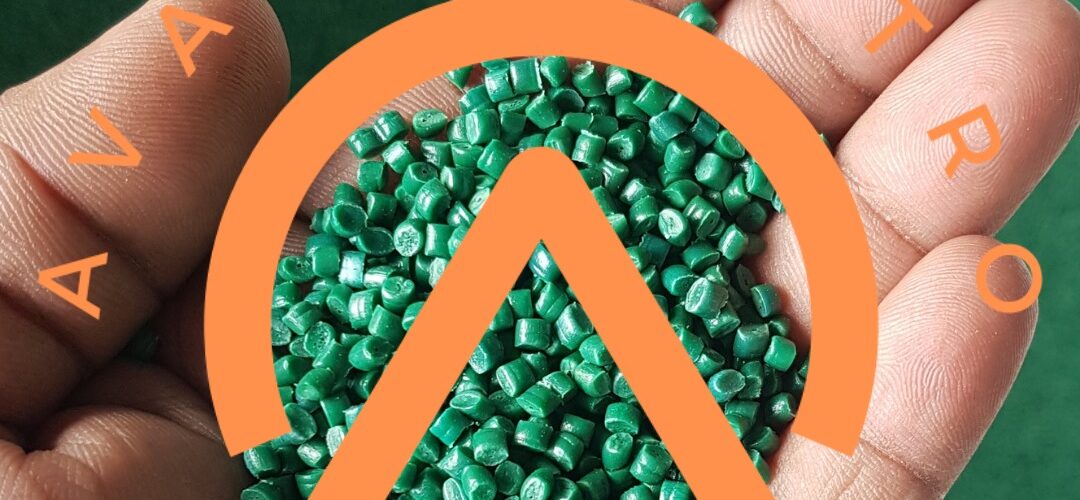Unlocking the Secrets of ABS Production: Emulsion vs. Continuous Mass Technique
Introduction
In the fascinating world of plastic manufacturing, ABS (Acrylonitrile Butadiene Styrene) stands out as a versatile and widely-used thermoplastic polymer. As manufacturers, we understand the critical role that the production technique plays in determining the quality and properties of ABS. In this comprehensive guide, we delve into the intricacies of ABS production, focusing on the two primary methods: the emulsion technique and the continuous mass technique.
Emulsion Technique: Crafting ABS with Precision
The emulsion technique is a sophisticated method that involves the careful blending of styrene and acrylonitrile in an aqueous medium. This meticulous process results in the formation of tiny droplets of the polymer within the water, creating a stable emulsion. The addition of butadiene to this emulsion initiates polymerization, leading to the formation of the distinctive ABS resin.
Advantages of Emulsion Technique
- Precise Control: The emulsion technique allows for precise control over particle size, ensuring a uniform and high-quality ABS product.
- Reduced Environmental Impact: As an environmentally conscious method, emulsion polymerization produces fewer by-products, contributing to sustainable manufacturing practices.
Continuous Mass Technique: Seamless Integration for Superior ABS
Contrastingly, the continuous mass technique involves the direct polymerization of monomers without the initial formation of an emulsion. This method ensures a seamless integration of the three monomers – styrene, acrylonitrile, and butadiene – resulting in a continuous mass of ABS resin.
Key Features of Continuous Mass Technique
- Efficiency: The continuous mass technique is known for its efficiency, reducing production time and energy consumption.
- Enhanced Mechanical Properties: The absence of emulsion leads to enhanced mechanical properties, making ABS produced through this technique suitable for a wide range of applications.
Choosing the Right Technique: Factors to Consider
Application-specific Considerations
Selecting the optimal production technique depends on the intended application of the ABS. For applications requiring exceptional surface finish and color consistency, the emulsion technique may be preferred. On the other hand, industries emphasizing efficiency and mechanical strength might lean towards the continuous mass technique.
Quality Control and Consistency
Ensuring the consistent quality of ABS products is paramount. Manufacturers must implement stringent quality control measures, regardless of the chosen production technique, to meet industry standards and customer expectations.
Conclusion
In the ever-evolving landscape of plastic manufacturing, the choice between the emulsion and continuous mass techniques for ABS production is a pivotal decision. Our commitment to excellence drives us to explore and leverage the advantages of both methods, delivering ABS products that meet the diverse needs of our clients.
Written by Emir Narin

